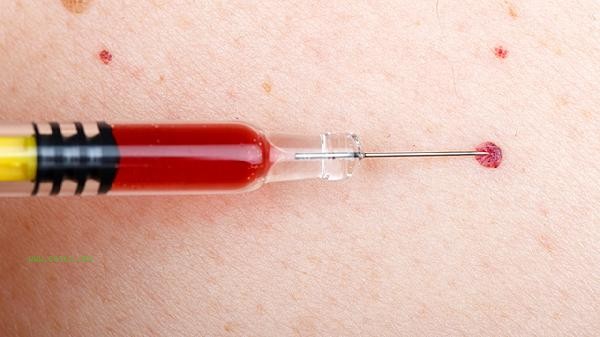Bleeding 1500 milliliters is considered severe blood loss and may be life-threatening. The total blood volume of adults accounts for about 7% -8% of their body weight, and 1500 milliliters of blood loss is equivalent to more than 30% of the total blood volume of a person weighing 60 kilograms. The main risks include hemorrhagic shock, organ hypoperfusion, and coagulation dysfunction.

1. classification of blood loss:
is divided into four levels based on the proportion of blood loss to circulating blood volume: Level I<15% with only mild increase in heart rate; Grade II: 15% -30% experience thirst and cold sweat; Grade III: 30% -40% decrease in blood pressure and urine output; Grade IV>40% can lead to coma or even cardiac arrest. 1500 milliliters of blood loss corresponds to grade III-IV, requiring emergency blood transfusion rescue.
2. physiological compensation mechanism: After acute blood loss, the body stimulates the sympathetic nervous system to contract peripheral blood vessels, increases heart rate to maintain blood pressure, and at the same time, the liver releases stored blood. But 1500 milliliters of blood loss has exceeded the compensatory limit, the capillary refill time has been prolonged to more than 3 seconds, and the skin and mucous membranes are noticeably pale.
3. Risk of organ damage:
A 50% decrease in renal blood flow can lead to acute tubular necrosis, myocardial ischemia can cause cardiogenic shock, and cerebral hypoperfusion can lead to consciousness disorders. If left uncorrected within 6 hours after bleeding, intestinal barrier disruption may lead to bacteremia.

4. Changes in coagulation function:
A large amount of blood loss leads to a decrease in the dilution of platelets and coagulation factors, and the infusion of stored blood can exacerbate coagulation disorders. International standardized ratios and fibrinogen levels need to be monitored, and if necessary, cold precipitation or fresh frozen plasma should be supplemented.
5. Emergency handling principle:
Immediately establish two venous pathways for rapid fluid replacement, and infuse red blood cells, plasma, and platelets in a 1:1:1 ratio. Control active bleeding points, maintain hemoglobin>70g/L, urine output>0.5ml/kg/h. Trauma patients need to complete surgery to stop bleeding within the golden hour.
During the recovery period after blood loss, iron supplements, vitamin B12, and folic acid should be supplemented to promote hematopoiesis. Daily protein intake should be increased to 1.5-2g/kg body weight, and high calorie and easily digestible foods should be eaten in 5-6 meals. Gradually perform ankle pump exercises in bed to prevent deep vein thrombosis, monitor blood routine until hemoglobin stabilizes. Avoid intense exercise and high temperature environments, and regularly check coagulation function within 3 months after surgery.









Comments (0)
Leave a Comment
No comments yet
Be the first to share your thoughts!